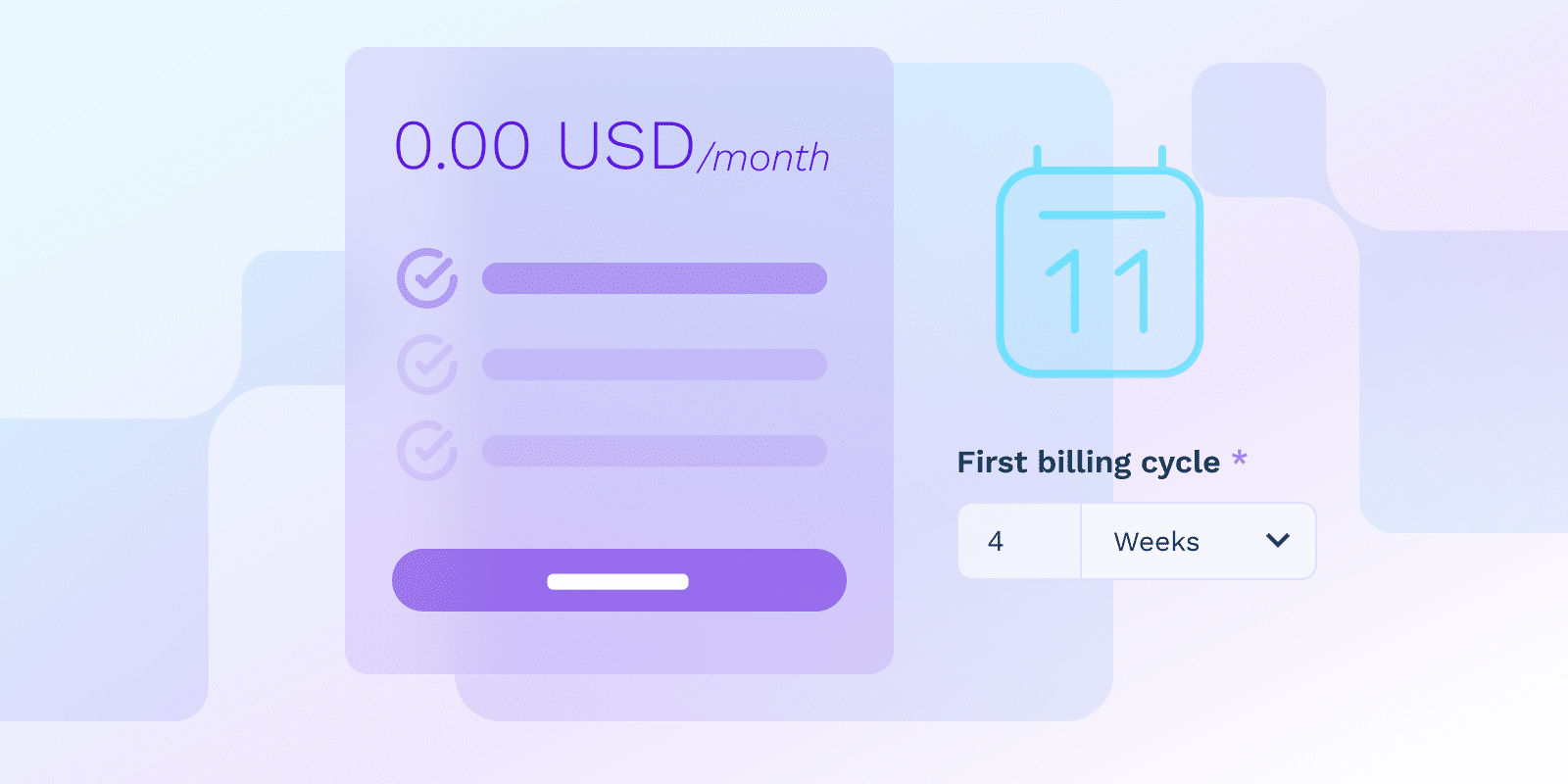Revenue Models
What is the SaaS Freemium Model?

What is the SaaS Freemium Model?
Freemium is a revenue business model where SaaS (software-as-a-service) companies offer a basic version of a product or service for free. If users require advanced features, functionalities, or customer support, they need to upgrade to a paid subscription.
The goal of the freemium business model is to appeal to a larger audience and convert free to paid users.
How does the freemium model benefit both SaaS providers and customers?
This revenue model benefits both users and SaaS providers, like:
Benefits for SaaS providers:
- Wider audience: A free-of-charge software version attracts customers.
- Increased growth potential: Freemium product packages are chosen by users in different industries.
- Feedback generation: SaaS businesses can make use of the feedback received from users to modify their product or pricing strategy.
Benefits for SaaS users:
- Try before committing: Users can test the SaaS product before deciding to invest in it and decide if it is a suitable option for their requirements.
- Budget-oriented: The freemium packages offer access to a basic functionality software version.
- Scalability: Customers can upgrade to a paid version of the software when they require additional features.
| Aspect | Benefits for SaaS Providers | Benefits for SaaS Users |
|---|---|---|
| Market Accessibility | ||
| Audience Reach | Wider customer base | No-cost product evaluation |
| Market Penetration | Cross-industry product adoption | Budget-friendly access to software |
| Product Development | ||
| User Insights | Direct user feedback | Opportunity to test product fit |
| Growth Potential | Clear upgrade path for users | Scalable solution options |
| User Experience | ||
| Commitment Level | Lower initial user acquisition barriers | Try before financial commitment |
| Flexibility | Ability to demonstrate product value | Easy upgrade when needed |
When is it appropriate to implement a freemium model for a SaaS product?
Implement a freemium model for a SaaS product is an appropriate move if:
- Product features can be divided: You can easily create premium and freemium packages.
- You can handle user requests: You can respond to high support volumes.
- There’s an increased upgrade potential: Switching from freemium to a paid subscription is the path most users take.
What metrics should SaaS founders track to evaluate the success of a freemium model?
To evaluate how your freemium model is performing, SaaS companies can use the following SaaS metrics:
- Conversion Rate: Measure the percentage of users that switch from a freemium to a paid subscription.
- Customer Acquisition Cost (CAC): Evaluate the costs of acquiring new paid and free customers.
- Churn Rate: Calculate the percentage of users that have canceled their subscriptions, free and paid.
- Customer Lifetime Value (CLV): Determine the revenue generated by a user throughout their relationship with your brand.
How can SaaS providers balance offering free and paid tiers in a freemium model?
Here are three practices SaaS businesses with freemium models can use to achieve a balance between free and paid plans:
- Balanced freemium version: Create packages that offer basic features, but foster the upgrade idea.
- Offer clear upgrade reasons: Explain how upgrading to access paid features can solve challenges.
- Straightforward upgrade flow: Offer users a simple upgrade process so customers can transition to paid plans.
What are the key considerations for transitioning from a freemium to a premium-only SaaS model?
When considering making the switch to a premium-only SaaS model, businesses should consider the following aspects:
- Timing is essential: Transitioning to a paid-only plans business model is right when you have sufficient customers.
- Clear messaging: Explain to your existing free users why you are moving towards a paid model.
- Use discounts or promotions: Consider offering your existing free user base ongoing access for discounted prices.
Conclusion
SaaS businesses can use the freemium model to achieve revenue goals. However, it’s important to create balanced packages, both free and paid, to track metrics to determine the performance of your offerings and ultimately decide if the freemium model is a suitable approach for your brand.